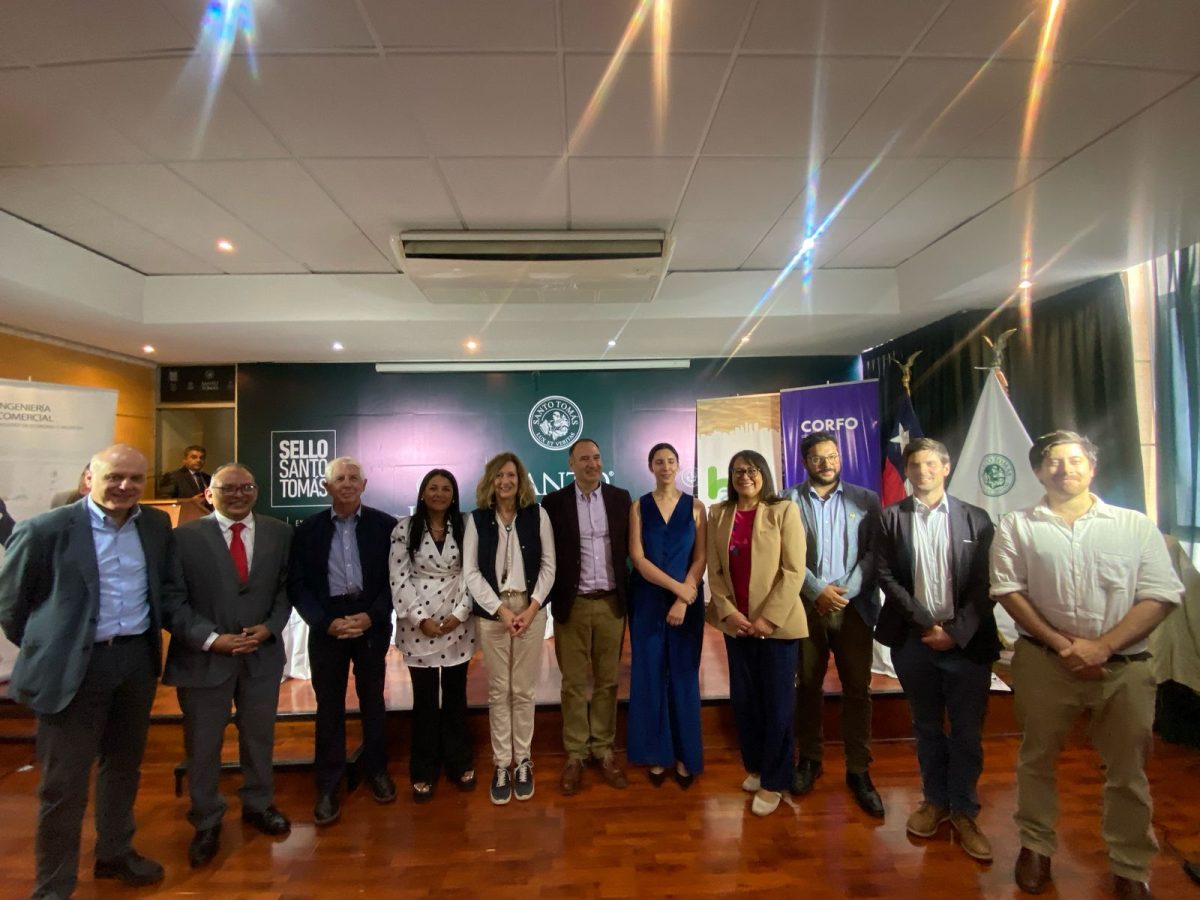
The Tarapaca desert holds an energy promise: to take advantage of solar radiation to position itself as a green hydrogen pole.
In the opinion of the president of H2V Tarapacá and union leader of the Association of Renewable Engineering Companies, Ricardo Bonacic, the opportunity that Chile has with the development of green hydrogen is historic, but it requires coordination, technical training and a firm commitment from local actors.
‘In the north of Chile, especially in Tarapacá, we have a competitive advantage: the very high solar radiation. Thanks to this, we can generate electricity through solar plants and, from that electricity, produce green hydrogen,’ he said on Tarapacá Sustainable Region radio.
But it is not all sunshine. There are still key questions to be answered. ‘We are in a ‘chicken or the egg’ situation: do we produce first or do we generate demand first? What is certain is that we need to move forward on both fronts.’ He added that in ‘Chile there are currently 74 projects in different stages’, with Antofagasta and Magallanes being the regions that are making the most progress.
A project funded by the regional government and Corfo is being led in Tarapacá to detect gaps in human capital, enabling infrastructure and regional supply chains. Bonacic warns that ‘if there is no human capital, investment is not sustainable. Banks do not finance projects that are not yet certain,’ and adds that this diagnosis seeks to ensure that local companies are ready to integrate into the ecosystem.
There are already concrete examples. ‘We are working with companies like Alma Norte, which is considering installing a hydroline station, and with Hidri Ingeniería, which wants to use green hydrogen in the production of copper cement and nano-copper. These are high-risk innovations, but with a lot of potential,’ he says.
There is also foreign interest: ‘Two companies, one Chilean and one French, want to produce green hydrogen in the region. We are talking about projects that, together, represent more than US$5 billion in investment,’ says Bonacic. But he warns that progress has been slow due to permitting difficulties.
The president of H2V Tarapacá said that ‘today we have a new opportunity and we cannot miss it. Let’s bet on this industry because, if we put the puzzle together, green hydrogen could be two or three times bigger than the copper industry.
Therefore, work on technical training is key. ‘We are already working with the Universidad Santo Tomás, where two commercial engineering students have already been hired. We also need to link up with the technical high schools,’ he explains.
Source: SoyChile.cl.